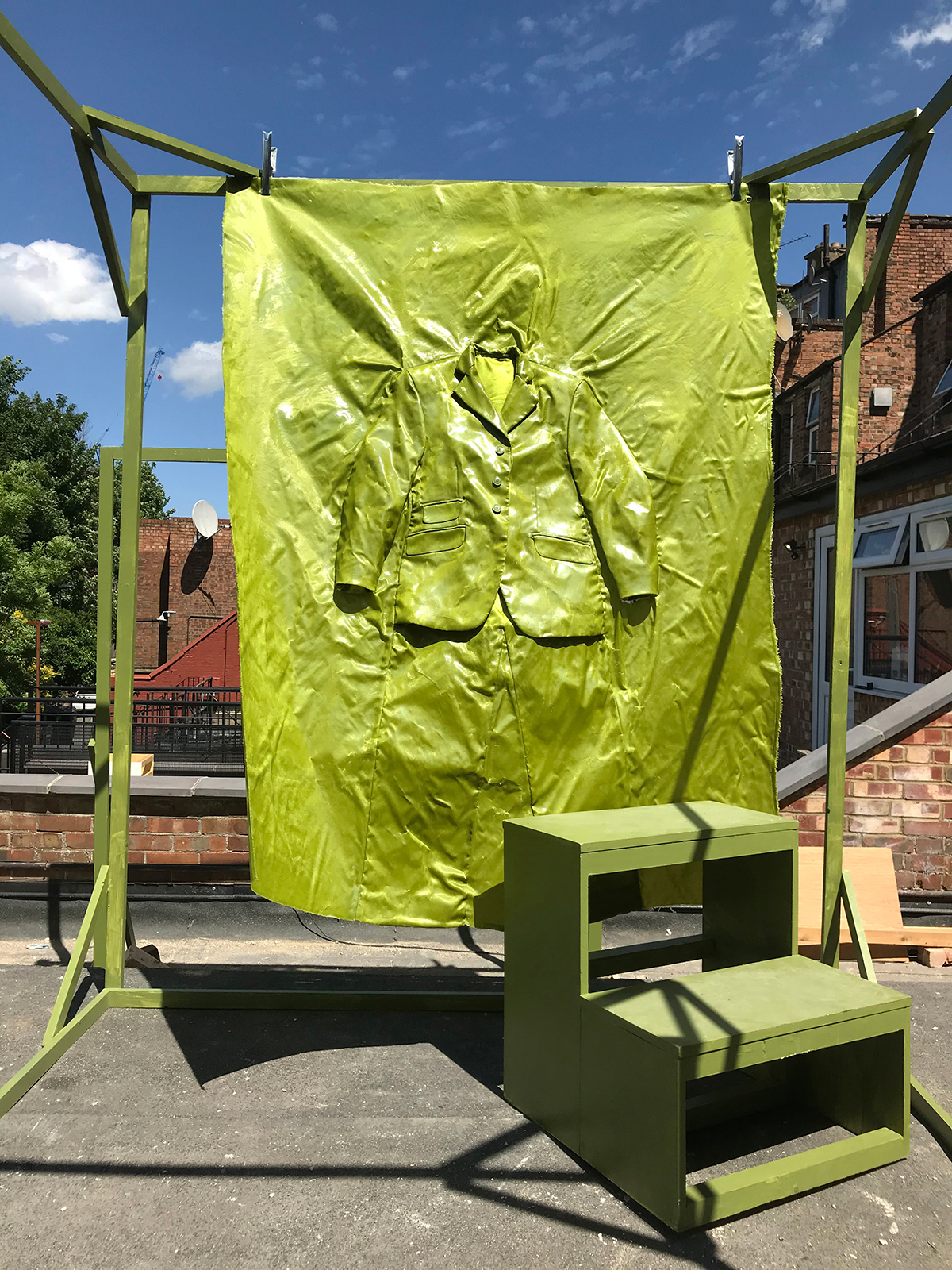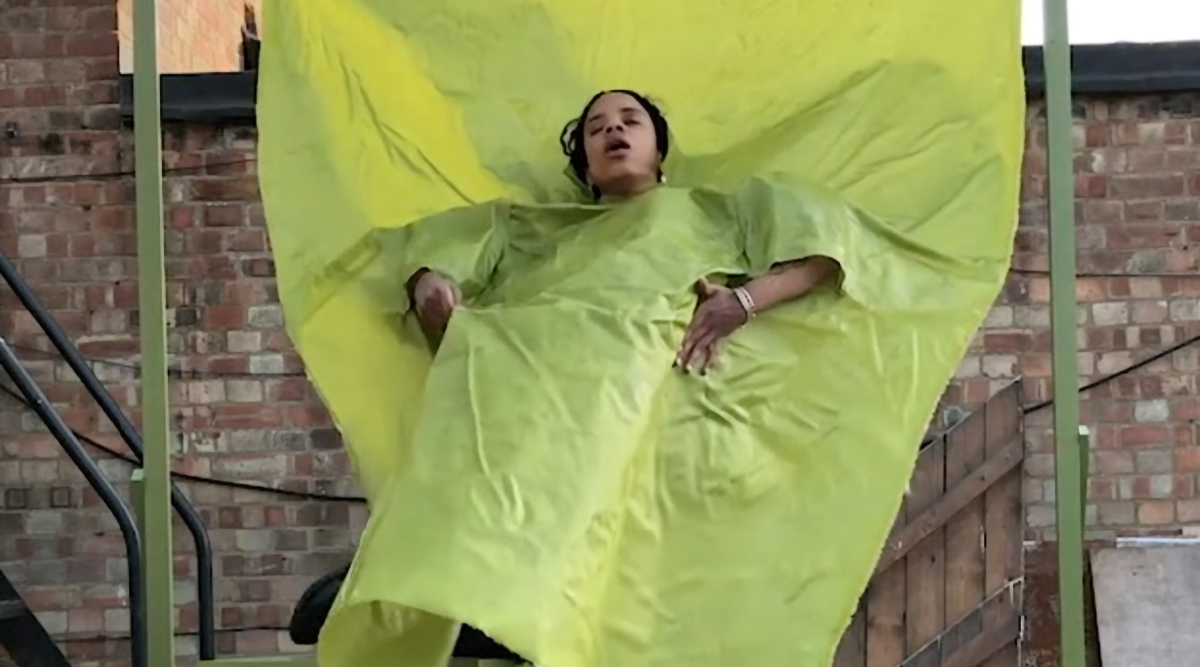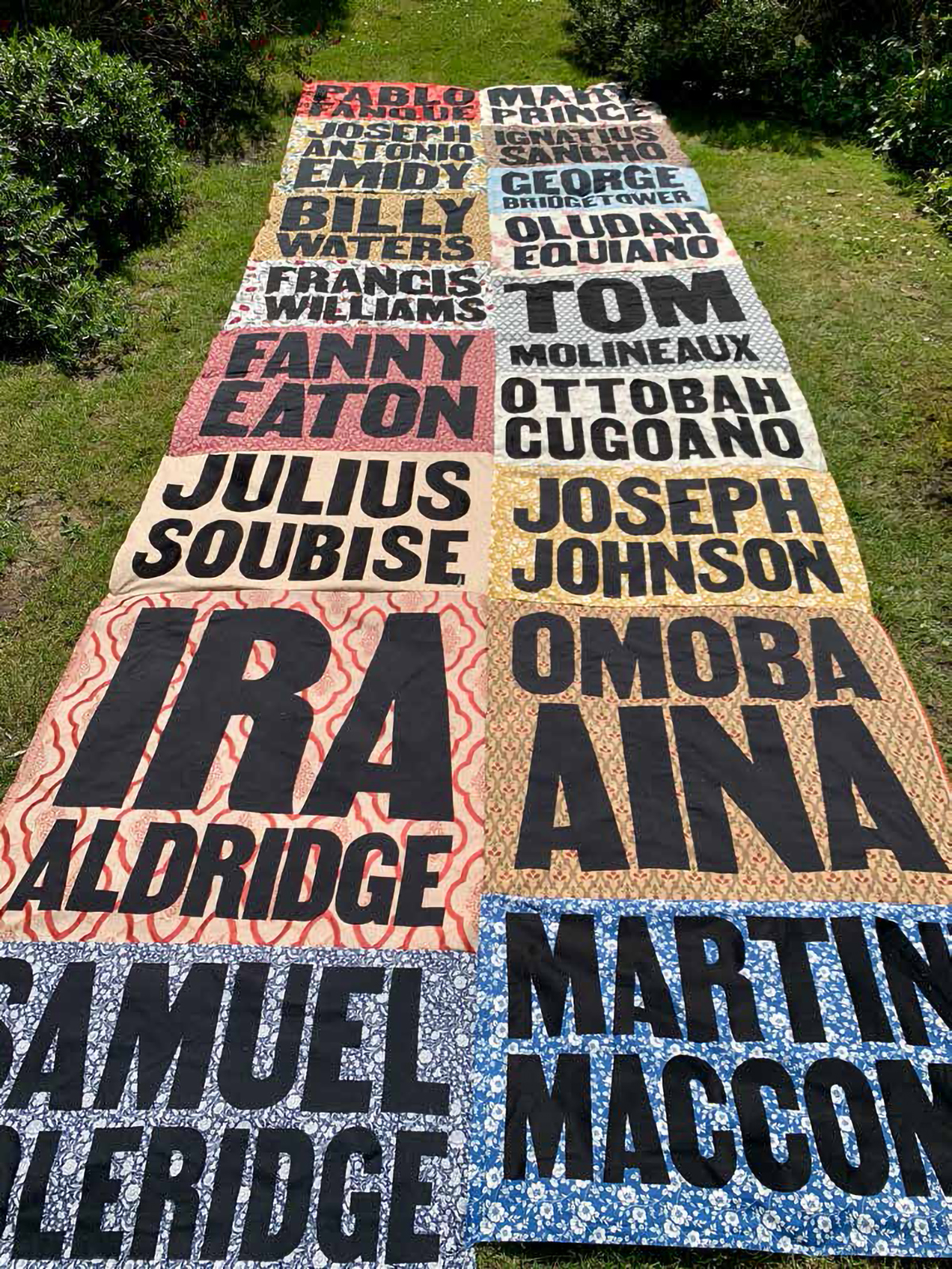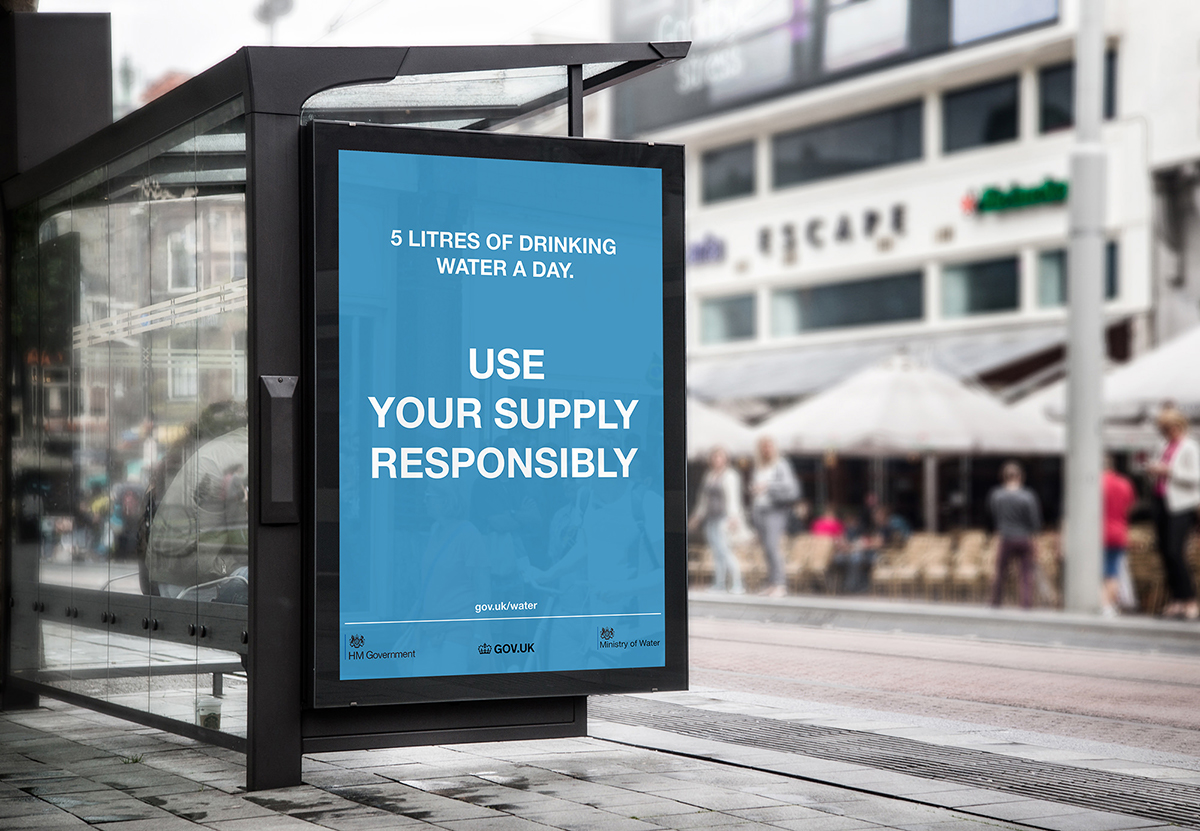Therme Art presents panel discussion on Bauhaus in a post-pandemic world
Posted in: Uncategorized
Hans Ulrich Obrist, Virgil Abloh, Kunlé Adeyemi and others will discuss how the values of the Bauhaus can inform how we live through global pandemics in a panel discussion hosted by Therme Art and Dezeen. Watch live from 12:00 UK time.
Held at the Berlin Gallery Weekend, the talk is part of Therme Art‘s Wellbeing Culture Forum, a talks programme exploring the role of culture, art, design and architecture in promoting health and wellbeing in urban populations.
Therme Art is the creative arm of the Therme Group and provides artworks to its spas and resorts around the world.

Entitled Breaking Bauhaus, the talk is the first in a programme of events happening from 11-13 September at the König Galerie in Berlin.
The panel will discuss how Bauhaus principles can be applied to current challenges facing the world such as climate change and global pandemics.
Widely celebrated as the most influential art and design school in history, the Bauhaus was established by architect Walter Gropius in 1919 and is regarded for its approach to design education that combined both crafts and the visual arts, an approach that accelerated the development of modernist architecture and design.

“The Bauhaus movement revolutionised our cities and lifestyles 100 years ago out of artistic impulse,” Therme Art explained.
“Today, under the mono-cultivation of our planet, climate change and viral pandemics, we ask ourselves what it could mean to renew the humanist Bauhaus idea?”
Serpentine Gallery artistic director Obrist, fashion designer Abloh and designer Adeyemi will be joined on the panel by artist Nicholas Grafia, London-based curator Roya Sachs, Counterspace director Sumayya Vally and Art Basel director Marc Spiegler.

The talk is the latest in Therme Art’s Wellbeing Culture Forum talk series and the first to be held in real life following the ease of coronavirus restrictions in Germany.
The panels have dealt with topics such as how art and architecture can contribute to healthy urban environments, the importance of live events during global crises, the role of culture in the built environment, how to design healthy and happy cities and how to maintain the wellbeing of city dwellers.
As part of Dezeen’s collaboration with Therme Art, we will also be livestreaming Therme Art’s Growing Gaia talk today, a panel discussion exploring how architects and designers can realise the Gaia Hypothesis proposed by biologist Lynn Margulis and chemist James Lovelock in the 1970s.
The panel will feature participants such as Obrist, architect Francis Kéré and founder of Parley for the Oceans Cyril Gutsch, amongst others, and will be split into two sessions, beginning at 2:00pm and 4:00pm UK time respectively.
The post Therme Art presents panel discussion on Bauhaus in a post-pandemic world appeared first on Dezeen.











 Meanwhile,
Meanwhile, 












































